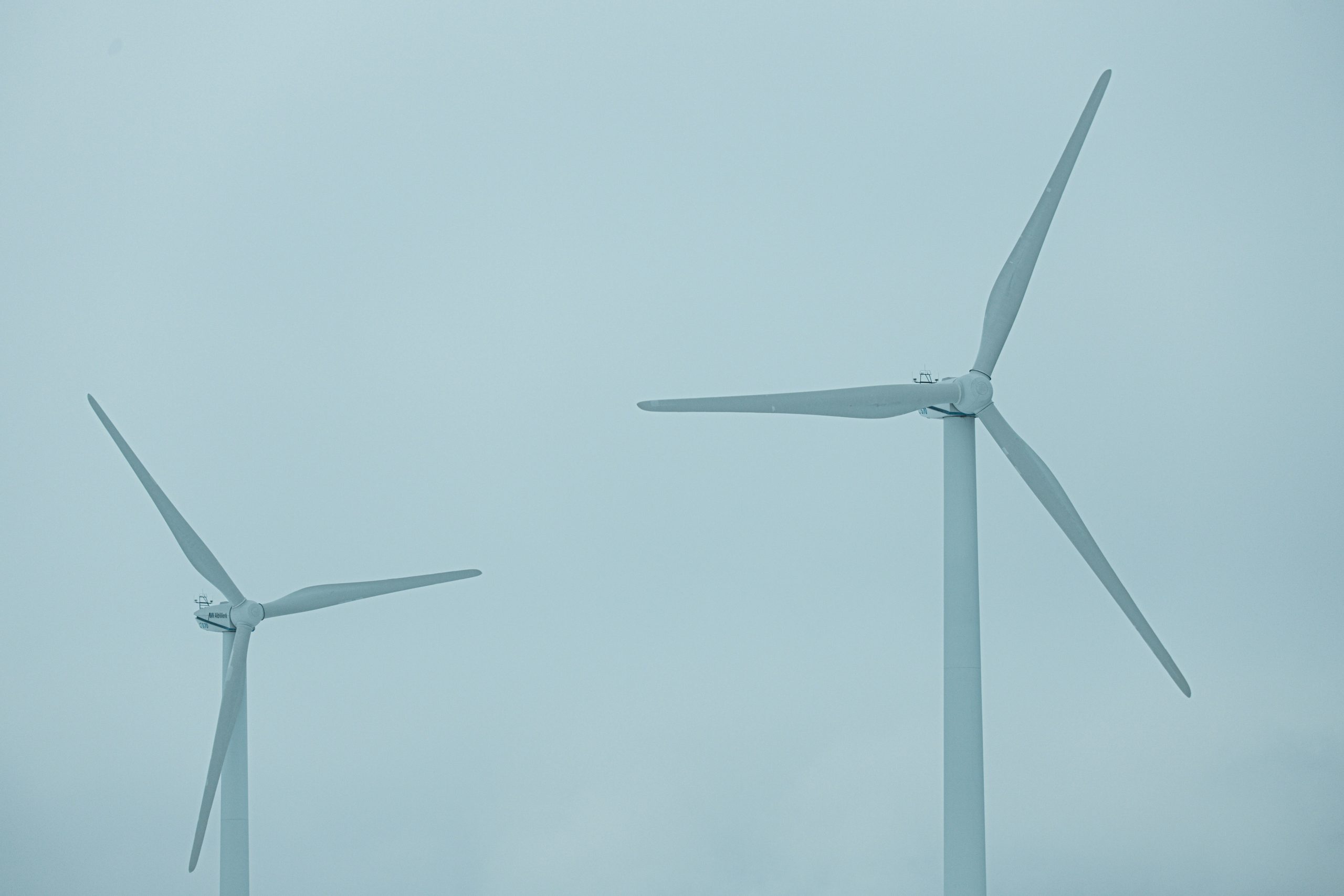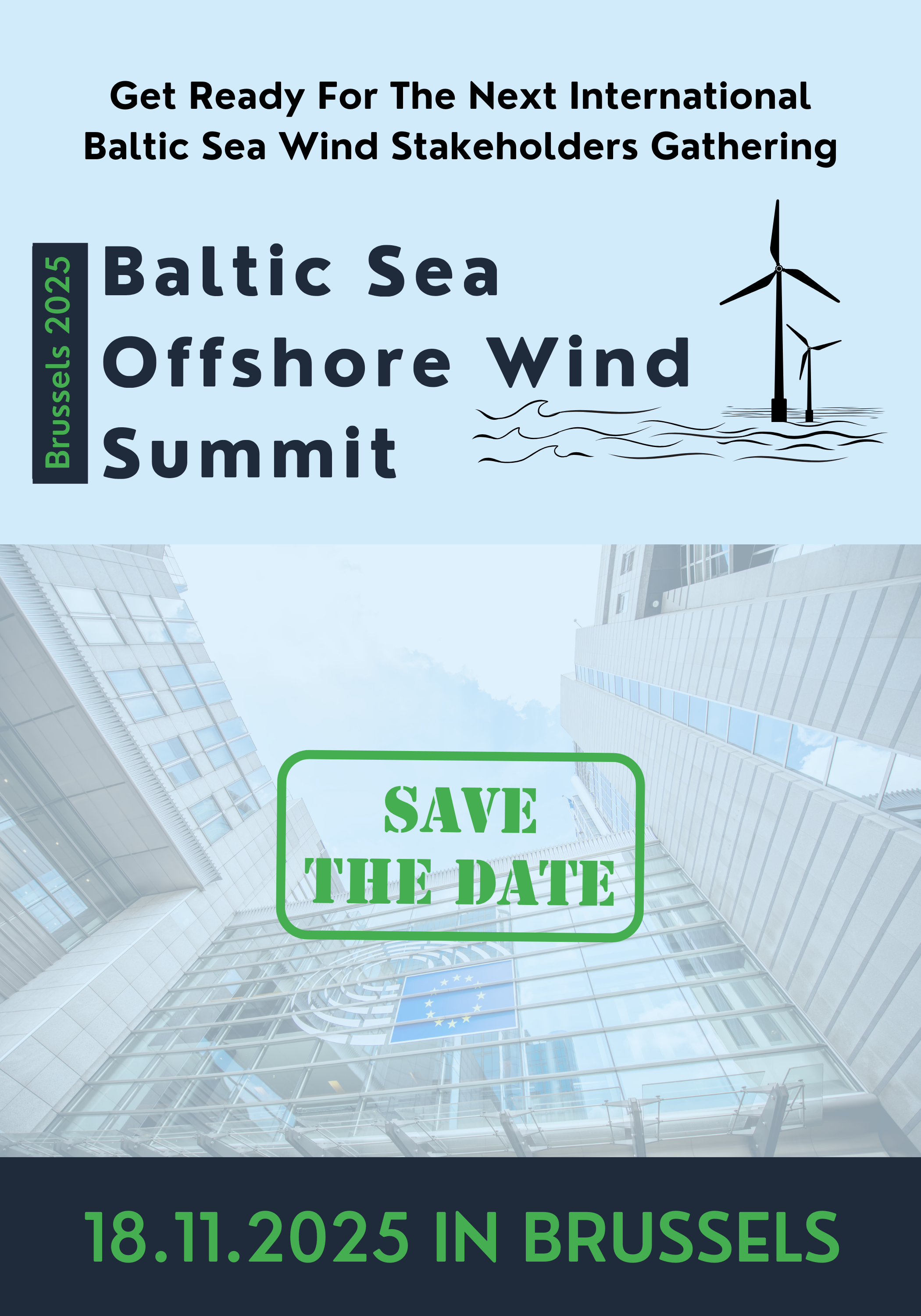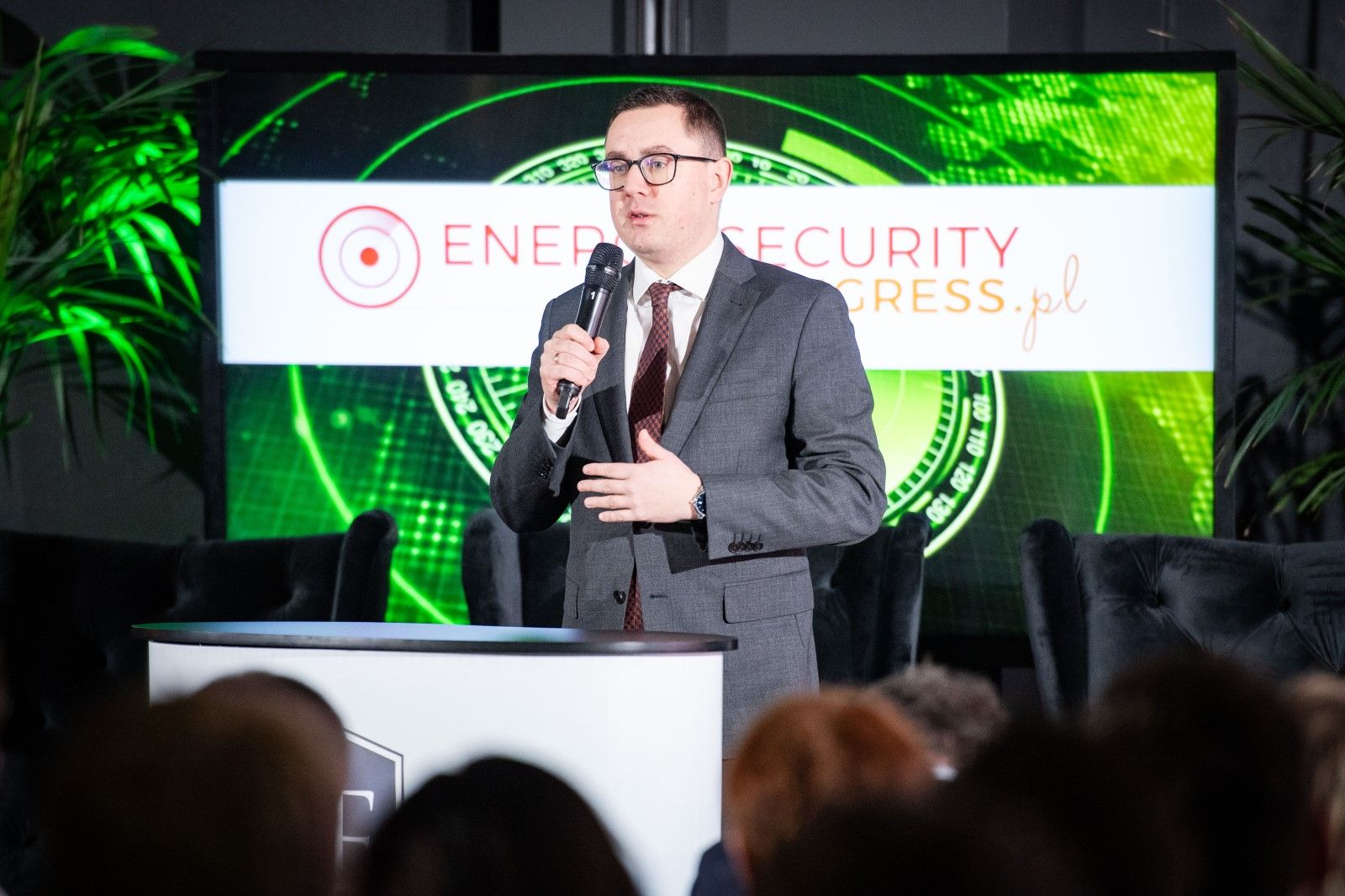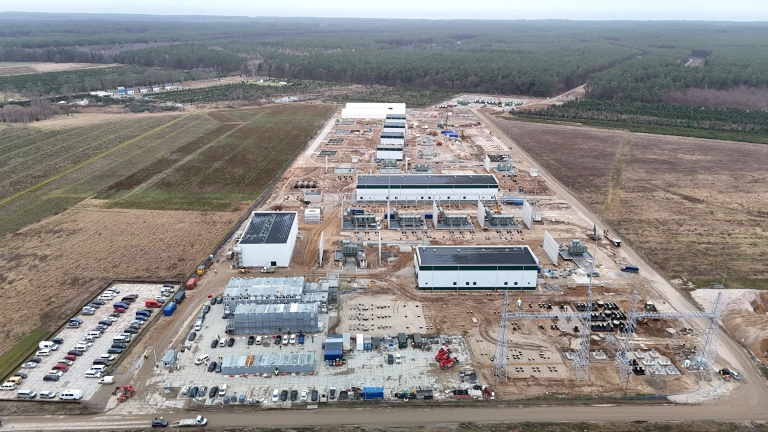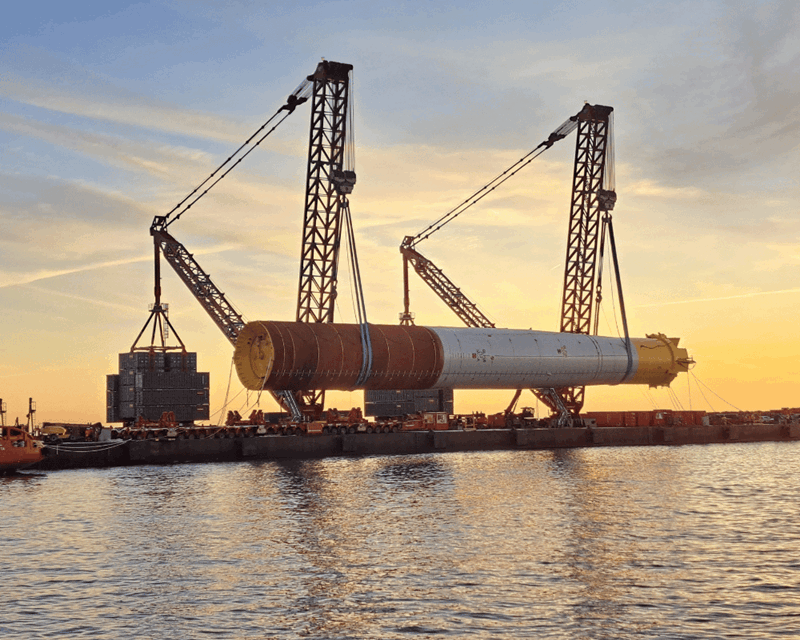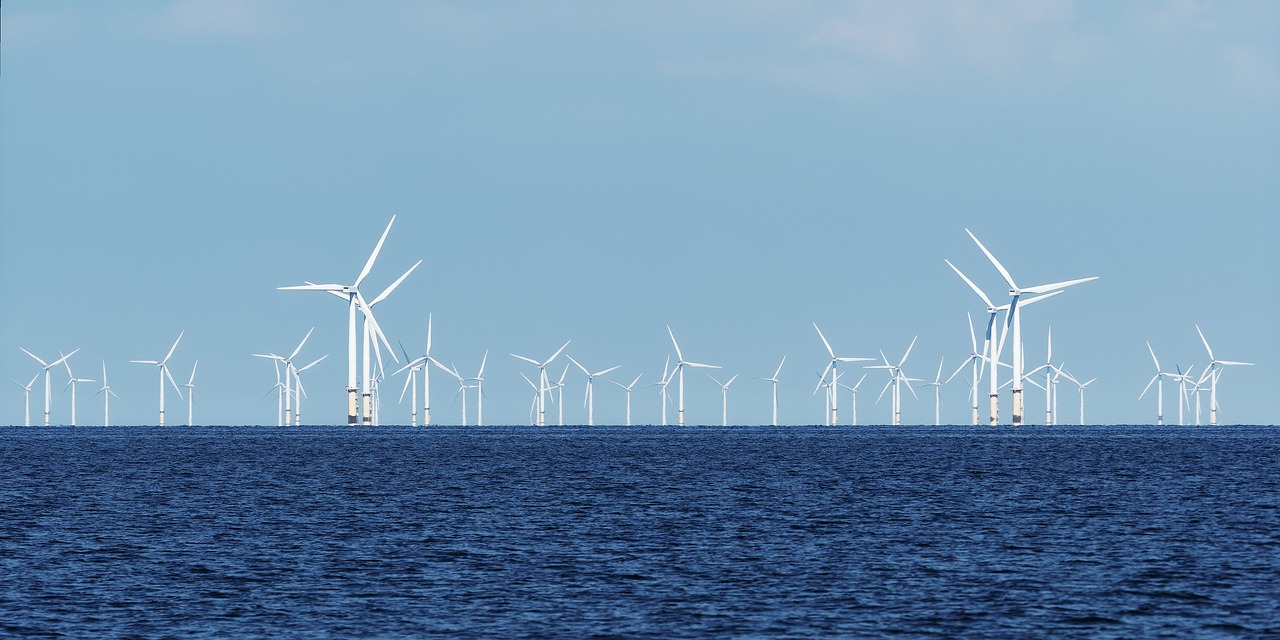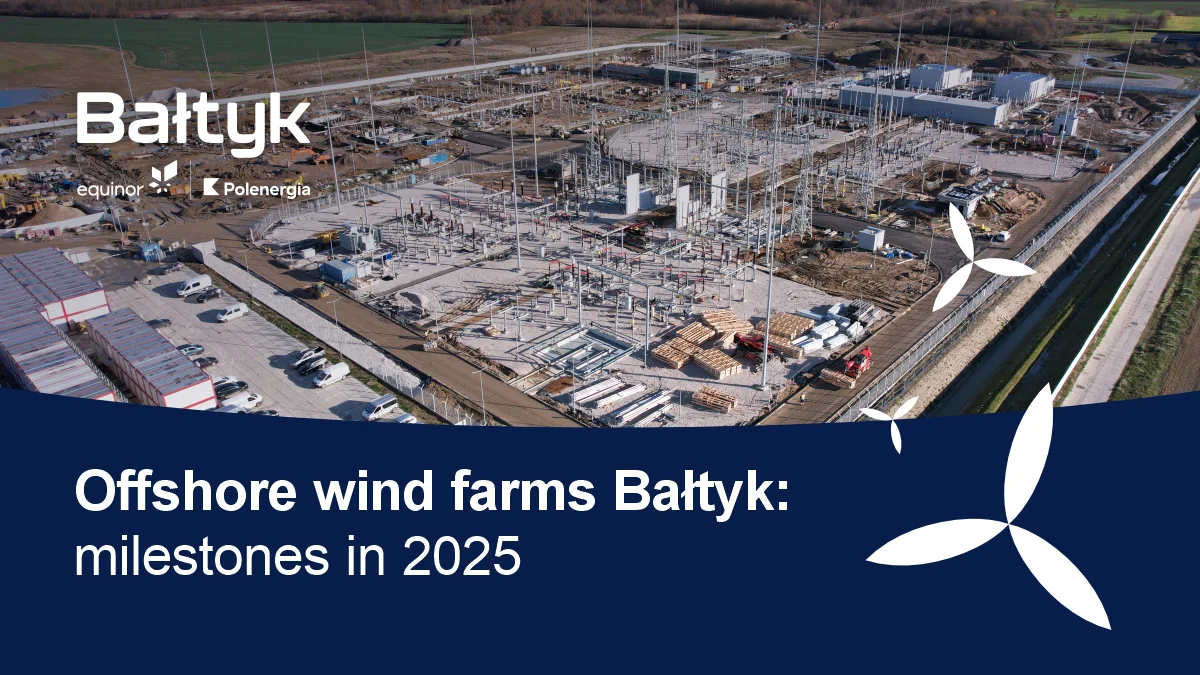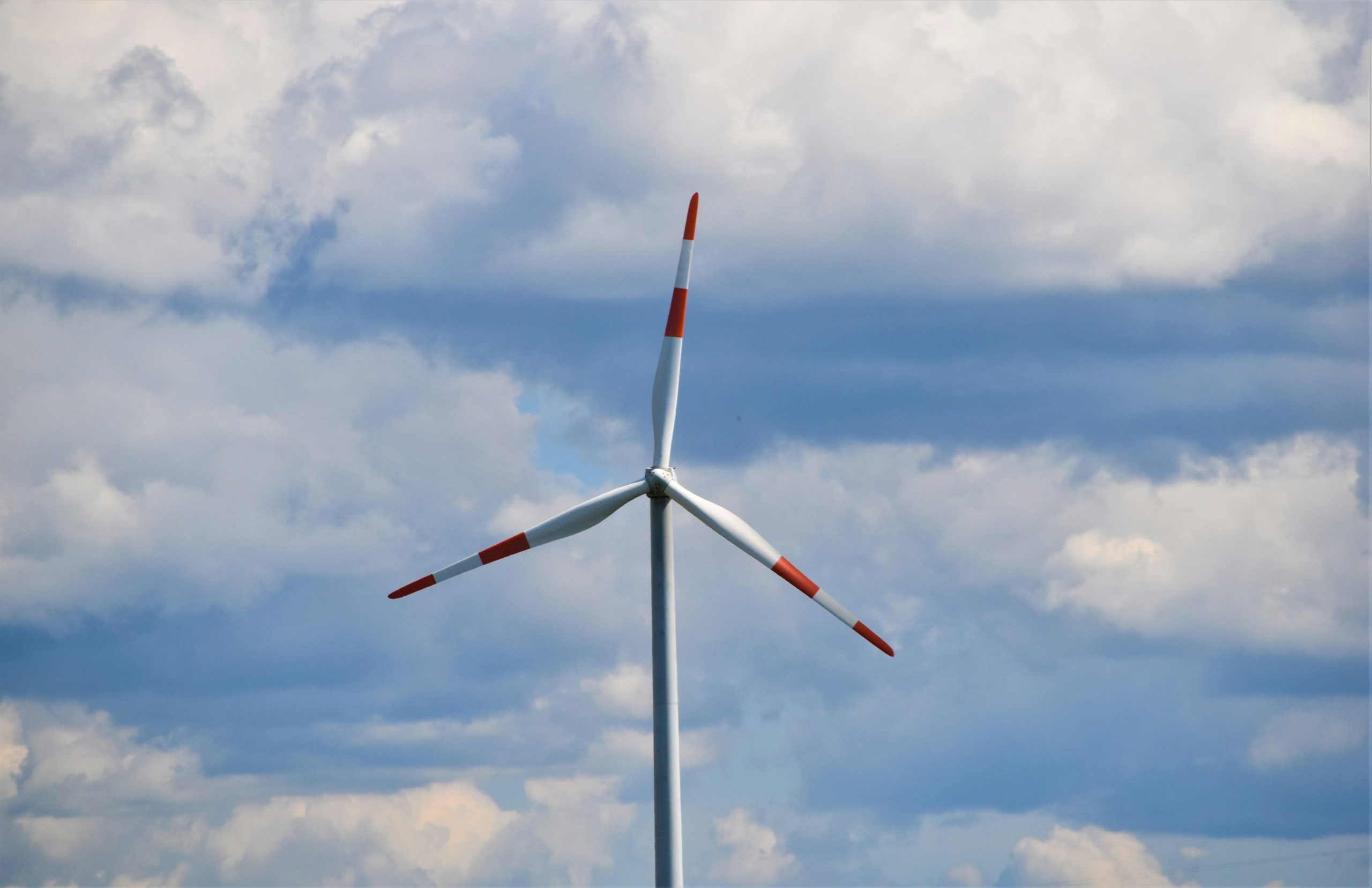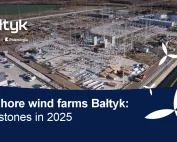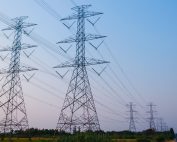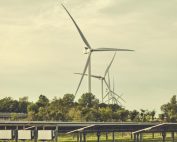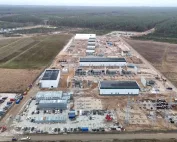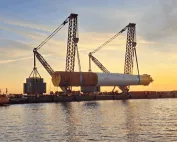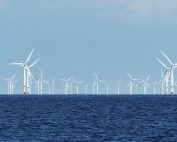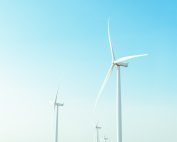The European Commission’s Directorate-General for Energy recently hosted a crucial BEMIP (Baltic Energy Market Interconnection Plan) Stakeholder Meeting, focusing on the final results of a comprehensive study titled “The potential for renewable and low-carbon gas deployment and impact on enabling infrastructure development for the Baltic Sea Region”. This wrap-up provided high-level takeaways on the future of hydrogen and biomethane, critical elements in the region’s green energy transition. Given the Baltic Sea’s significant potential for offshore wind development and its crucial role in the region’s energy future, the discussions at this meeting are particularly relevant for understanding how gas infrastructure will evolve alongside expanding renewable electricity sources. Notably, representatives from key offshore wind companies and organizations, such as Copenhagen Infrastructure Partners (CIP), Copenhagen Offshore Partners A/S, OÜ Utilitas Wind, Saare Wind Energy, and the Port of Roenne/Rønne Havn A/S, were among the participants.
The study, conducted by Artelys, Trinomics, and Ludwig-Bölkow-Systemtechnik GmbH (LBST), aimed to assess the potential for renewable and low-carbon gas supply, analyze infrastructure needs for hydrogen and biomethane, and propose policy recommendations for the Baltic Sea Region. Utilizing the Artelys Crystal Super Grid platform, an energy system model that minimizes total costs, the study focused on cross-border infrastructure and modeled three time horizons: 2030, 2040, and 2050.
The Rising Tide of Hydrogen in the Baltic Sea Region
The market for hydrogen in the BEMIP region is projected to experience significant growth, expanding from an estimated 200 TWh in 2030 to a substantial 1,000 TWh by 2050. This growth is heavily influenced by evolving political and regulatory frameworks. Currently, hydrogen production and demand are balanced around 100 TWh, primarily from steam methane reformation (SMR) and a small share of chlor-alkali electrolysers. Looking ahead, future projections show significant growth in “renewable and low-carbon hydrogen production”. This anticipated increase in hydrogen supply is critically linked to the expansion of renewable electricity generation, particularly green hydrogen produced via electrolysis powered by the rapidly developing offshore wind farms in the Baltic Sea.While the study focused on the gas infrastructure needs, the broader context of decarbonization strongly points to offshore wind as a key enabler for this green hydrogen future.
Nordic BEMIP countries are identified as having the potential to become important hydrogen exporters. It is worth noting that these countries are also leading the charge in offshore wind development, creating a potential synergy where excess renewable electricity can be converted into hydrogen for regional use or export. Germany (DE) and Poland (PL) are expected to emerge as major demand centers.
In terms of infrastructure, the aggregated transmission capacity of the Projects of Common Interest (PCIs) and Projects of Mutual Interest (PMIs) from the first PCI/PMI list (Commission Delegated Regulation (EU) 2024/1041) is deemed sufficient for cross-border transport needs in 2030. However, the modeling results indicate that while additional investments will be modest until 2040, they will increase significantly by 2050, particularly at specific borders like Denmark-Germany (DK-DE) and Denmark-Sweden (DK-SE). Hydrogen storage capacity will also need to expand over time, with significant additions required by 2040, as storage needs are sensitive to sectoral end-use demand and the seasonality of hydrogen consumption.
Key challenges for hydrogen integration include:
- Uncertainty regarding the eventual size of the future hydrogen economy.
- A lack of suitable financing instruments.
- Insufficient planning for internal networks and storage capacities.
To overcome these, recommendations emphasize better cooperation in planning and the development of financial instruments. Specifically, cross-border coordination and hybrid cost-sharing mechanisms are suggested for financing infrastructure, alongside progressive asset depreciation rules and de-risking mechanisms to aid development. These efforts will be crucial for connecting future offshore wind-powered hydrogen production hubs to demand centers.
Integrating Biomethane: Opportunities and Obstacles
The study also delved into biomethane, a gas interconnected with the existing natural gas market. While biomethane production is significant in Germany, Denmark, and Sweden, it currently represents a small percentage of the overall natural gas supply. Projections suggest that natural gas demand will decrease, while biomethane production and injection into the grid are expected to increase. Denmark was highlighted as a crucial case study due to its active biomethane market and ambitious targets for domestic demand coverage. However, meeting maximum biomethane production projections by 2050 is considered challenging under current regulatory and market conditions.
The modeling results for biomethane infrastructure indicate a significant decrease in cross-border transmission capacities by 2050. This shift is driven by biomethane and synthetic methane exports primarily from the northern BEMIP region. Poland and Germany are identified as the main consumers, with increasing demand in the short to mid-term. The model also considered the potential decommissioning or repurposing of existing methane infrastructure for hydrogen if necessary. Additional investments may be required to integrate biomethane into the gas network, particularly at the distribution level.
Core challenges for biomethane include:
- Uncertainties in both supply and demand.
- Changes in cross-border and domestic flow patterns.
- The necessity for decommissioning or repurposing certain methane gas infrastructure.
To address these, recommendations focus on promoting regional cooperation for infrastructure planning and aligned energy and climate plans. The establishment of a BEMIP working group for best practice sharing and coordinationfor biomethane integration is also suggested, with Denmark’s successful measures highlighted as an example for other member states to replicate.
A Collaborative Path Forward for a Decarbonized Baltic
The wrap-up meeting underscored the importance of continued collaboration among all stakeholders in the BEMIP regional group. The insights from this study provide a critical foundation for future discussions on the decarbonization of gas markets, ensuring that the Baltic Sea Region moves coherently towards its green energy goals. The development of hydrogen, significantly powered by the region’s robust offshore wind potential, alongside biomethane, forms a crucial part of this transition.
Source: BalticWind.EU
